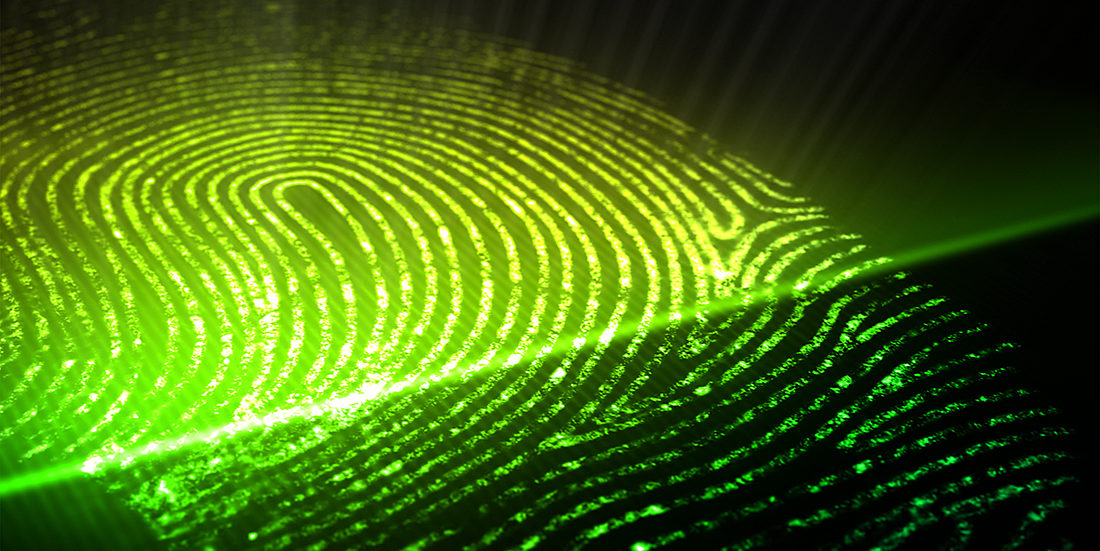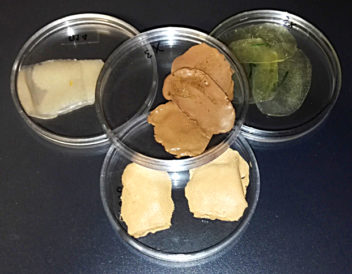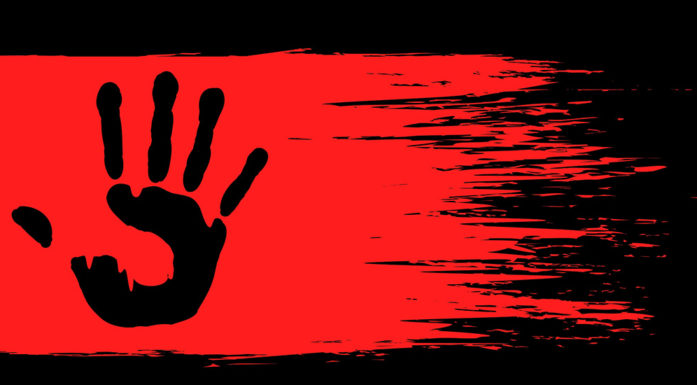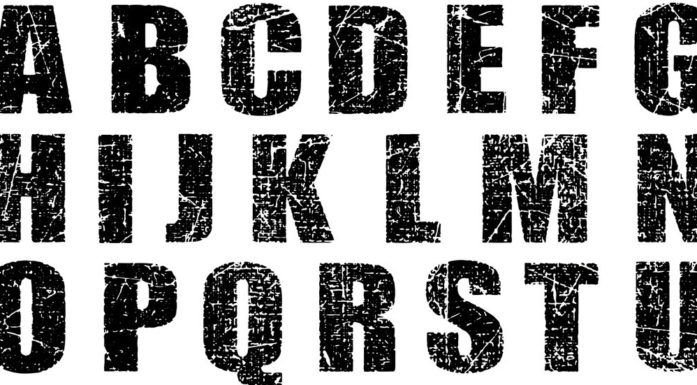New technology can detect fake fingerprints
3D fingerprinting can detect forgers. It could also make border crossings and passport controls safer and faster.
Fingerprints are your personal identifiers and very effective for identification. But it’s easy for experts to fake fingerprints. Using relatively simple methods, a forger can copy a fingerprint from a smooth surface and transfer it to a plastic material like silicone gel. A counterfeit print can then be slipped over the finger to fool the fingerprint scanner.
Better security methods needed
Loopholes like this have to be tightened before fingerprint recognition can be automated. At present it is still necessary to monitor fingerprint scanning when used as an identification method, such as at airports.
“Better methods are needed to strengthen security,” says Ctirad Sousedik at the Norwegian Biometrics Laboratory at NTNU in Gjøvik. Newer modern passports have digitally captured fingerprints, which are then compared with images from the fingerprint scanner in security.
Sousedik may now have found a solution to the security challenge. He has developed software to record a 3D finger image that ensures the resulting fingerprint is real, not a silicone fake.
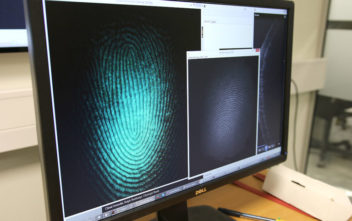
Ctirad Sousedik at NTNU’s Biometrics Laboratory in Gjøvik says better methods are needed to strengthen security. Photo: Marte Helene Foss
Penetrates deep below the surface
Biometrics is the measurement of biological patterns. The research field covers human biological characteristics and patterns, such as fingerprints, iris, ear shape, voice, gait or how you type. Many features are unique to you alone, but it is still a big challenge to root out attempts at beating the system. Sousedik’s research goes right to the heart of the current hot topic of the vast biometrics field: ensuring that the biological patterns captured are from people, not forgeries.
Forgers especially try to fool fingerprinting systems. This is simple, because traditional fingerprint scanners detect a two-dimensional image, i.e. the surface of the fingerprint. So Sousedik has developed a fingerprint reader that can “see” into the deeper layers of skin and that creates a three-dimensional image of the skin structure. This technology is called Optical Coherence Tomography (OCT).
Several advantages of 3D fingerprints
“By penetrating the skin, we can see more structures, like sweat ducts that can’t be forged. This allows us to provide a higher level of security in fingerprint identification,” says Sousedik.
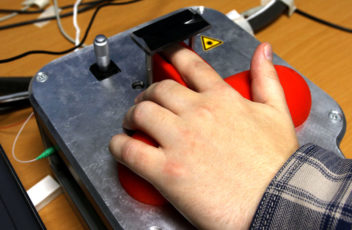
The software captures both the internal and external fingerprint and compares them with each other. In addition, imaged sweat ducts are a sure sign that the fingerprint hasn’t been faked. Photo: Marte Helene Foss
The new technology has several advantages. Two dimensional fingerprint readers are sensitive to both sweaty fingers and dry fingers.
“A 3D scanner circumvents that problem, so it becomes easier to take good fingerprints,” Sousedik says.
People who do not want to be identified sometimes file or scrape their fingertips and try to damage their skin to hide their print. With a 3D scanner, the condition of the finger surface doesn’t matter. The structures under the skin are still visible.
Relevance for border controls
Passport checks are the main method of border security and usually require a border official to compare the person and the image.
Millions of people make border crossings daily. It’s easy for passport inspectors to make a mistake when they see a face for the first time and compare it with a passport photograph that may have been taken years ago, showing more – or less – beard, hair or glasses.
When the security measures for 3D fingerprinting are put into place, it will be possible to automate more airport and border crossing controls – and save time and resources.
This research project is being carried out in cooperation with the Federal Office for Information Security in Germany.
